Wistron NeWeb SWA51 Wireless Audio Module User Manual
Wistron NeWeb Corporation Wireless Audio Module
User Manual
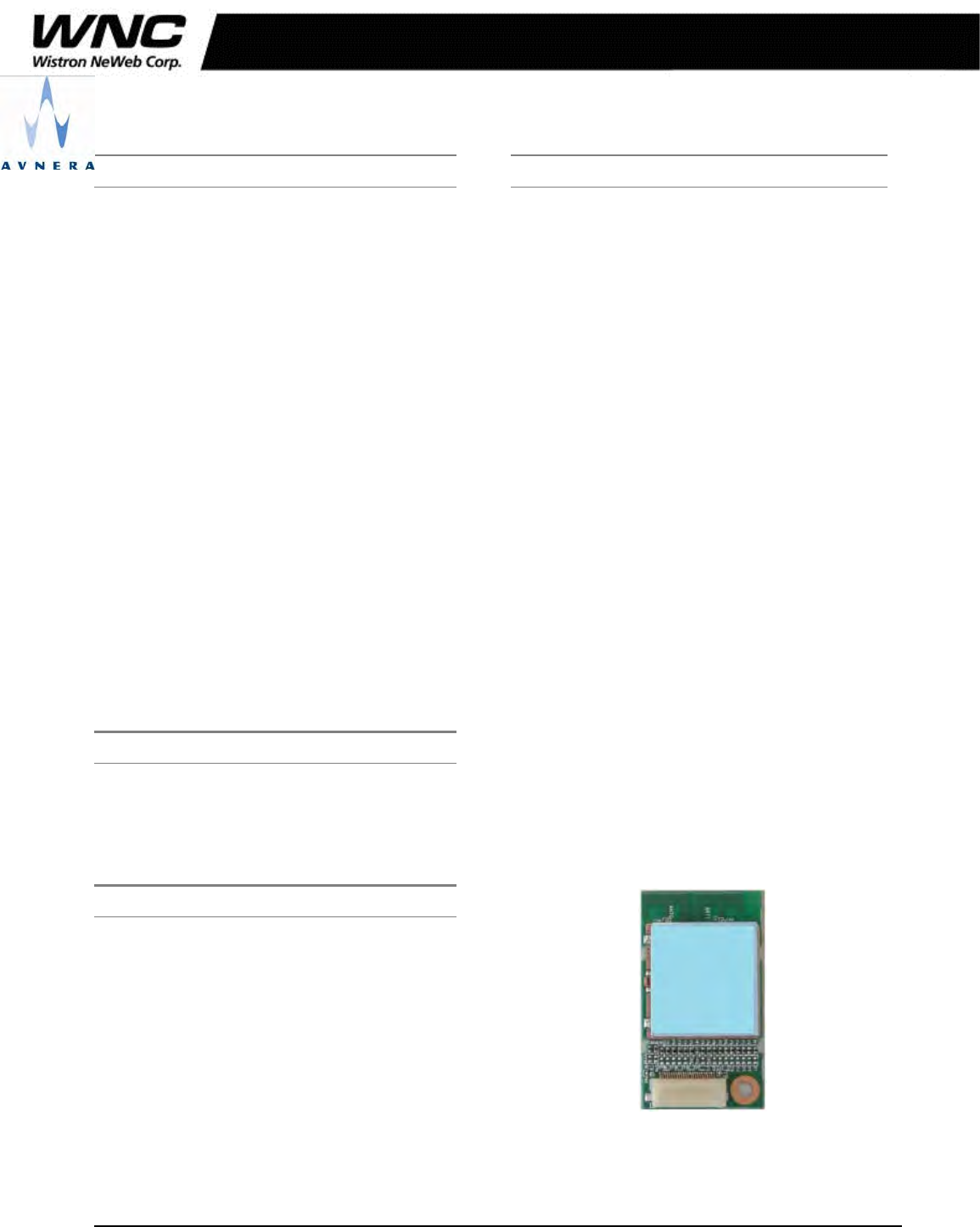
CONFIDENTIAL | PROVIDED UNDER NDA
General Description
The SWA51 module is a member of a family of
products representing a new level of system
integration offering customers fast time to
market with a point-to-point mono, or stereo,
wireless connection. These modules are
optimized for low-cost, high-quality and ease-of-
use.
The module incorporates Avnera’s proprietary
5GHz wireless audio protocol, designed from the
ground up specifically for audio. It features low
fixed latency, uncompressed CD quality mono or
stereo audio, superior interference immunity,
and inherent coexistence with WiFi.
The SWA51 module integrates all features
necessary to complete a wireless stereo or
mono link, including AV5100 Wireless Audio
Chip, printed diversity antennas, PA, shield can,
flash memory, interface connector and all
passive components. Just provide power and an
I2S interface and you are ready to create a
wireless audio link.
The module measures 26 x 47 x 3.3 mm and is
provided with a 24 pin FPC connector.
The module is certified to FCC and CE
standards.
Applications
Wireless Subwoofers
Stereo Wireless Rear Speakers
Soundbar / Audio Video Receiver / BluRay
Mono/Stereo Audio Channel Transmission
Ordering Options
SWA51 TX: Transmit module with digital audio
input
SWA51 RX: Receive module with digital audio
output
Features
Audio Interfaces
I2S Digital Input / Output interface with
>93dB end-to-end digital audio path
Wireless Range (Typ)
> 50m Non Line Of Sight (NLOS) range
> 160m Line Of Sight (LOS) range
Frequency range: 5.15-5.25&5.725-5.825 GHz,
continuous dynamic channel selection
Forward error correction coding, error
detection, and audio-specific error
concealment
Dual printed PCB diversity antennas for
multipath and fading mitigation
Auto-search/synch and dynamic channel
selection
Low, fixed latency
24 pin FPC or pin header connector
Sample rate converter: Support for 32 - 96kHz
input sample rates
Customizable firmware for simple, low-cost,
sub-woofer amplifier implementations
RF parts can-shielded, module meets FCC
part 15 rules for emissions and susceptibility.
General purpose over-the-air (OTA) serial
interface:
11 kbps, bi-directional, full duplex
Support for amplifier control data, meta-
data, and remote control commands
SWA51, 5GHz Module Datasheet
Extended Range Mono/Stereo Wireless Audio System, based on the Avnera AV5100 IC
Different labels and P/Ns are used to
distinguish between TX and RX.

SWA51 Module Datasheet Rev 1.1
CONTENTS SUBJECT TO CHANGE WITHOUT NOTICE 2 CONFIDENTIAL
1 Functional Description
The SWA51 module is available in 2 variations; digital input transmitter module or digital output receiver
module.
There are three available I2S digital audio data inputs/outputs, each of these can be configured to operate as
either a master or a slave - depending on the application, the I2S ports can operate simultaneously as either
inputs or outputs. When configured as slaves, the I2S inputs/outputs can be independently clocked by up to
two external masters. In addition, MCLK can be output from the module to provide a reference clock source to
an external ADC or DAC. MCLK can also be input to the module to provide a reference clock from an
external source.
The hardware for the audio input (transmit) and audio output (receive) versions of the module is identical and
only the firmware loaded onto the module determines its function.
The highly integrated nature of the AV5100 transceiver IC results in few external components being required
for the SWA51 module design. 2 printed PCB antennas are used to achieve increased range, and to achieve
antenna spatial diversity. The extended-range RF path consists of the antennas, associated tuning
components, shield can, the RF switch, and two baluns, one connected to each of the RF input/output ports
on the AV5100 IC.
A 16MHz crystal oscillator generates the AV5100 fundamental system clock used as the basis for all RF and
digital audio clocks.
A 2Mb flash memory chip is used to store the module’s application firmware. The AV5100 is able to boot from
internal ROM upon first power up, which enables programming the flash chip with the application firmware . In
addition, Over-the-air Firmware upgrade capability can be enabled through the application firmware. The
module can be controlled from an external host device via the I2C Slave or the SPI Slave data interfaces. The
I2C master port allows the module to control other system audio devices such as a sub-woofer amplifier
system without having to add another MCU to the product design. Up to 9 additional GPIOs are available on
the SWA51 module (not including I2C and I2S signals) for implementing different UI features on the target
application. The resources mentioned above can be leveraged to implement low cost sub-woofer designs as
outlined below.
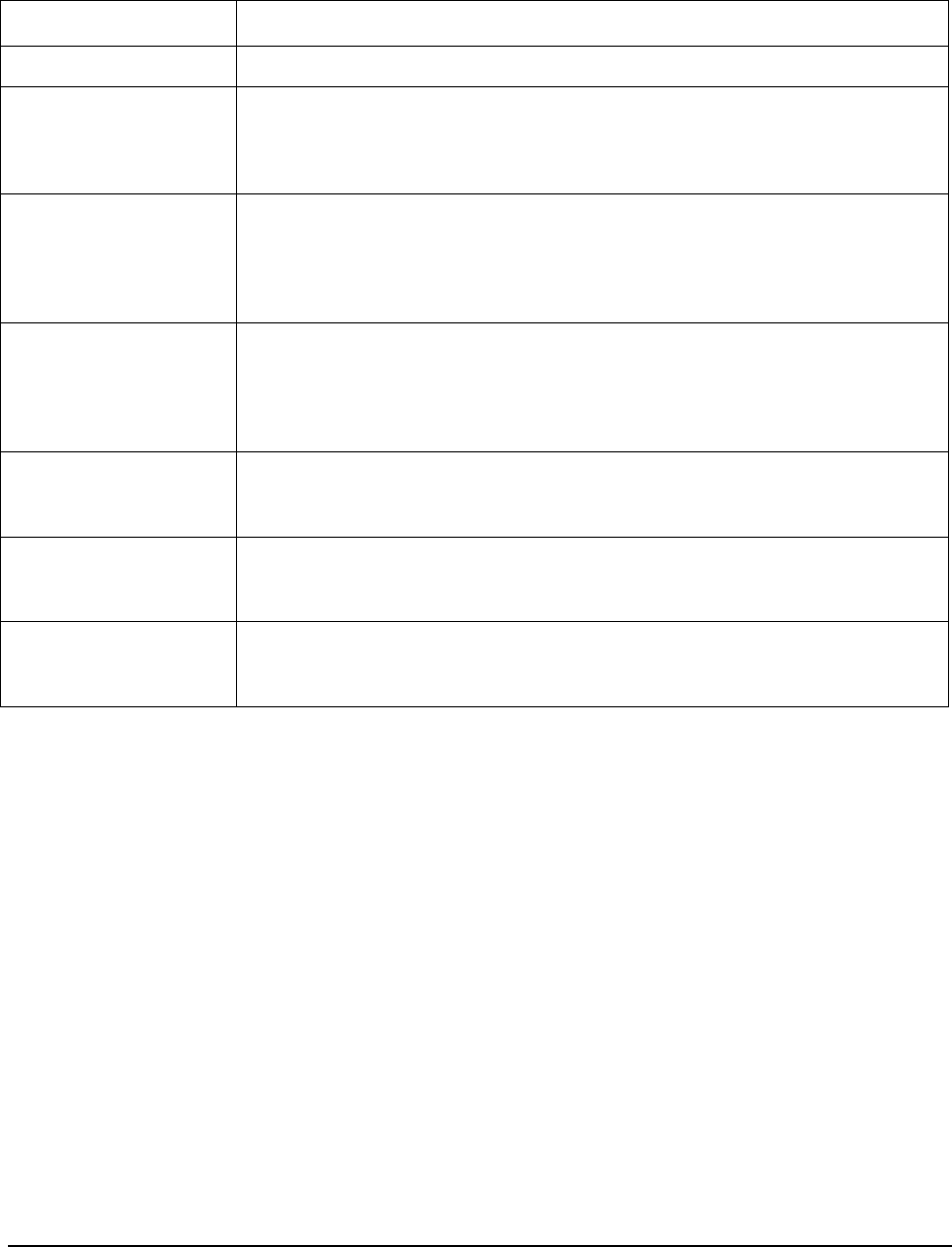
SWA51 Module Datasheet Rev 1.1
CONTENTS SUBJECT TO CHANGE WITHOUT NOTICE 3 CONFIDENTIAL
1.1 SWA51 Module Connections and Interfaces
Signal Type Description
+3.3V Supply The SWA51 hardware is configured to accept a nominal +3.3V supply.
Reset Active low reset input. This pin is driven from an open collector/drain device such
that it can be pulled to ground for the active reset state but, when released, must
go to a high impedance state. This pin should not be actively driven high, as the
AV5100 internal reset circuit will not operate correctly.
I2S In Port The I2S input port can be configured as a master or slave. Consequently BCLK
and LRCK can be either inputs or outputs. In addition, MCLK can be sourced by
the module on pin 16. Since the AV5100 IC contains a sample rate converter,
MCLK is not required to be supplied to the module when it is an I2S slave.
CMOS 3.3V logic levels are used for all I2S signals.
I2S Out Port The I2S output port can be configured as a master or slave. Consequently BCLK
and LRCK can be either inputs or outputs. In addition, MCLK can be sourced by
the module on pin 16. Since the AV5100 IC contains a sample rate converter,
MCLK is not required to be supplied to the module when it is an I2S slave.
CMOS 3.3V logic levels are used for all I2S signals.
I2C Slave Port The I2C slave port can be used for external host communication and for module
testing. It is assumed that external pull up resistors are connected at the I2C
master communicating with the module.
I2C Master Port The I2C master port is used to communicate with external audio devices such as
a sub-woofer amplifier. It is assumed that external pull up resistors are included
on the application board.
GPIOs 3.3V CMOS logic level GPIOs available to connect to other devices, or to use as
UI supporting GPIOs for LED and button support. All supported GPIOs can be
configured as outputs or inputs with configurable pull-ups/pull-downs.
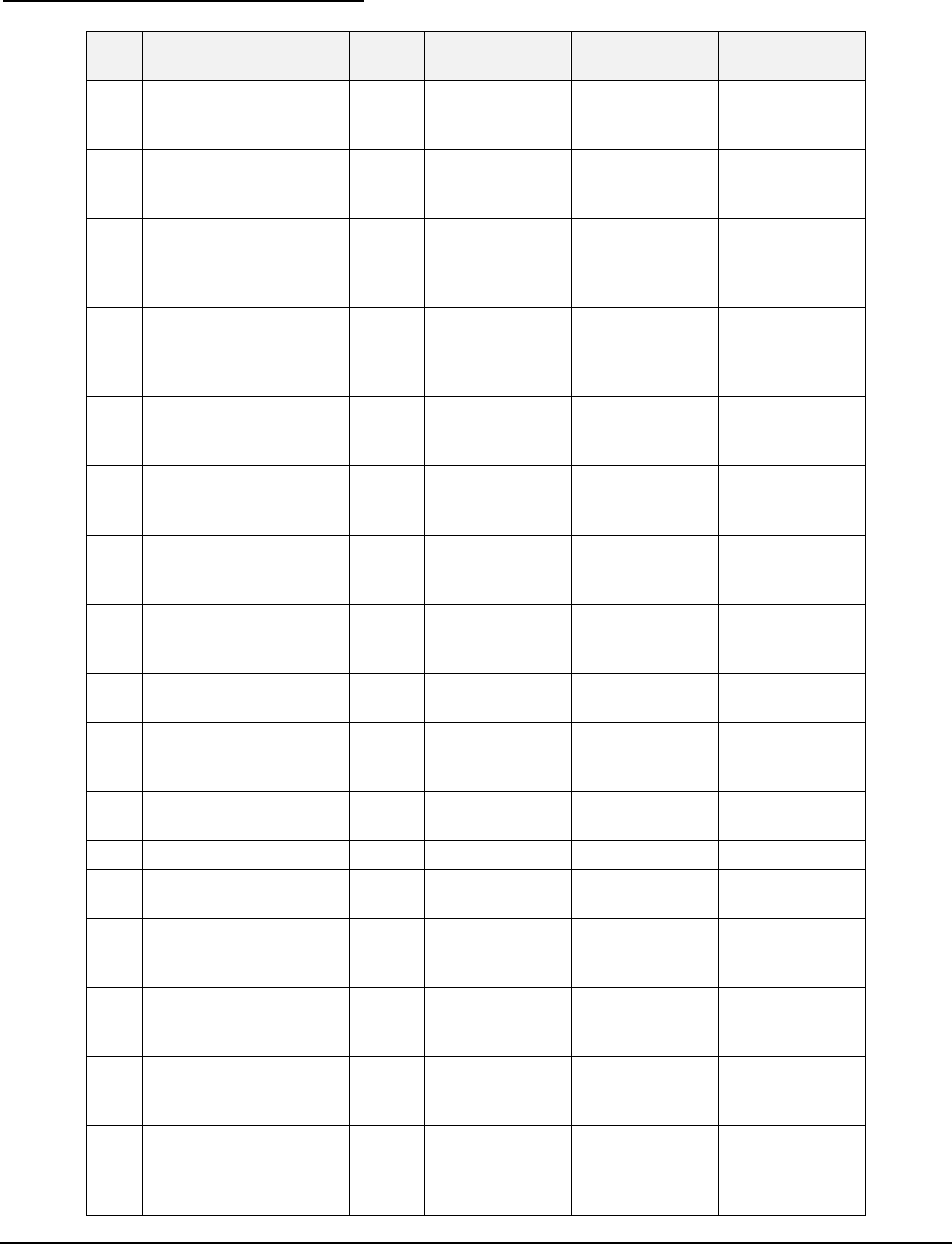
SWA51 Module Datasheet Rev 1.1
CONTENTS SUBJECT TO CHANGE WITHOUT NOTICE 4 CONFIDENTIAL
2 SWA51 Connector Information
Table 1: SWA51 Connector Information
No Pin Name Pin
Type AV5100 Pin SWA51-TX Pin
Description SWA51-RX Pin
Description
1 GPIO2/S_SSB Digital
I/O 12 GPIO or SPI
Slave Chip
Select
GPIO or SPI
Slave Chip
Select
2 GPIO3/S_SCLK Digital
I/O 11 GPIO or SPI
Slave Serial
Clock
GPIO or SPI
Slave Serial
Clock
3 GPIO4/S_SDA/S_MOSI
Digital
I/O 10 GPIO, I2C
Slave Serial
Data or SPI
Slave Data In
GPIO, I2C
Slave Serial
Data or SPI
Slave Data In
4 GPIO5/S_SCL/S_MISO Digital
I/O
9 GPIO, I2C
Slave Serial
Clock or SPI
Slave Data Out
GPIO, I2C
Slave Serial
Clock or SPI
Slave Data Out
5 GPIO16/M_SDA Digital
I/O 4 GPIO, I2C
Master Serial
Data
GPIO, I2C
Master Serial
Data
6 GPIO17/M_SCL Digital
I/O 3 GPIO, I2C
Master Serial
Clock
GPIO, I2C
Master Serial
Clock
7 GPIO20/LINK_LED Digital
I/O 56 GPIO, or
LINK_LED
Output
GPIO, or
LINK_LED
Output
8 GPIO21/PAIR Digital
I/O 55 GPIO, or input
from PAIR
Button
GPIO, or input
from PAIR
Button
9 GPIO18/BCLK1 Digital
I/O 2 GPIO or I2S
Port 1 Bit Clock GPIO or I2S
Port 1 Bit Clock
10 GPIO19/WCLK1 Digital
I/O 1 GPIO or I2S
Port 1 Word
Clock
GPIO or I2S
Port 1 Word
Clock
11 GPIO10/MCLK Digital
I/O 53 GPIO or Master
Clock Out GPIO or Master
Clock Out
12 GND GND Paddle (57) GND GND
13 GPIO11/BCLK0 Digital
I/O 52 GPIO or I2S
Port 0 Bit Clock GPIO or I2S
Port 0 Bit Clock
14 GPIO12/WCLK0 Digital
I/O 51 GPIO or I2S
Port 0 Word
Clock
GPIO or I2S
Port 0 Word
Clock
15 GPIO13/ADAT0 Digital
I/O 50 GPIO or I2S
Port 0 Audio
Data
GPIO or I2S
Port 0 Audio
Data
16 GPIO14/ADAT1 Digital
I/O 49 GPIO or I2S
Port 1 Audio
Data
GPIO or I2S
Port 1 Audio
Data
17 GPIO15/ADAT2/CEN Digital
I/O or
Digital
Input
48 or 38 GPIO, I2S Port
2 Audio Data or
chip enable (1)
GPIO, I2S Port
2 Audio Data or
chip enable (1)

SWA51 Module Datasheet Rev 1.1
CONTENTS SUBJECT TO CHANGE WITHOUT NOTICE 5 CONFIDENTIAL
18 GPIO22/D+ Digital
I/O 47 or 43 GPIO or USB
Data Plus (2)
GPIO or USB
Data Plus (2)
19 GPIO23/D- Digital
I/O 46 or 42 GPIO or USB
Data Minus (2)
GPIO or USB
Data Minus (2)
20 GPIO24 Digital
I/O 41 GPIO (3) GPIO
(3)
21 RESETN_EXT Digital
Input 37 RESET signal
active low (4)
RESET signal
active low (4)
22 GND GND Paddle (57) GND GND
23 VDD Supply
Input 31, 45, 54 +3.3Vinput
supplyvoltage
+3.3Vinput
supplyvoltage
24 VDD Supply
Input 31, 45, 54 +3.3Vinput
supplyvoltage
+3.3Vinput
supplyvoltage
Notes:
(1) Pin 17 is hardware configured as GPIO15/ADAT2 by default; utilizing this pin as a CEN requires a
different stuffing option.
(2) Utilizing pins 18 and 19 as USB D+ and D- requires the firmware to Tri-state GPIOs 22 and 23.
(3) Pin 20 (GPIO24) can be utilized to implement a “Data Waiting” interrupt signal for I2C and SPI Slave
data communication.
(4) Pin 21 (RESET_EXT) can be pulled to GND with a switch or an open drain/collector type device to
provide a hard reset signal to the AV5100. This pin is pulled up to VDDIO (3.3V) internally in the
AV5100 and should not be actively driven high.
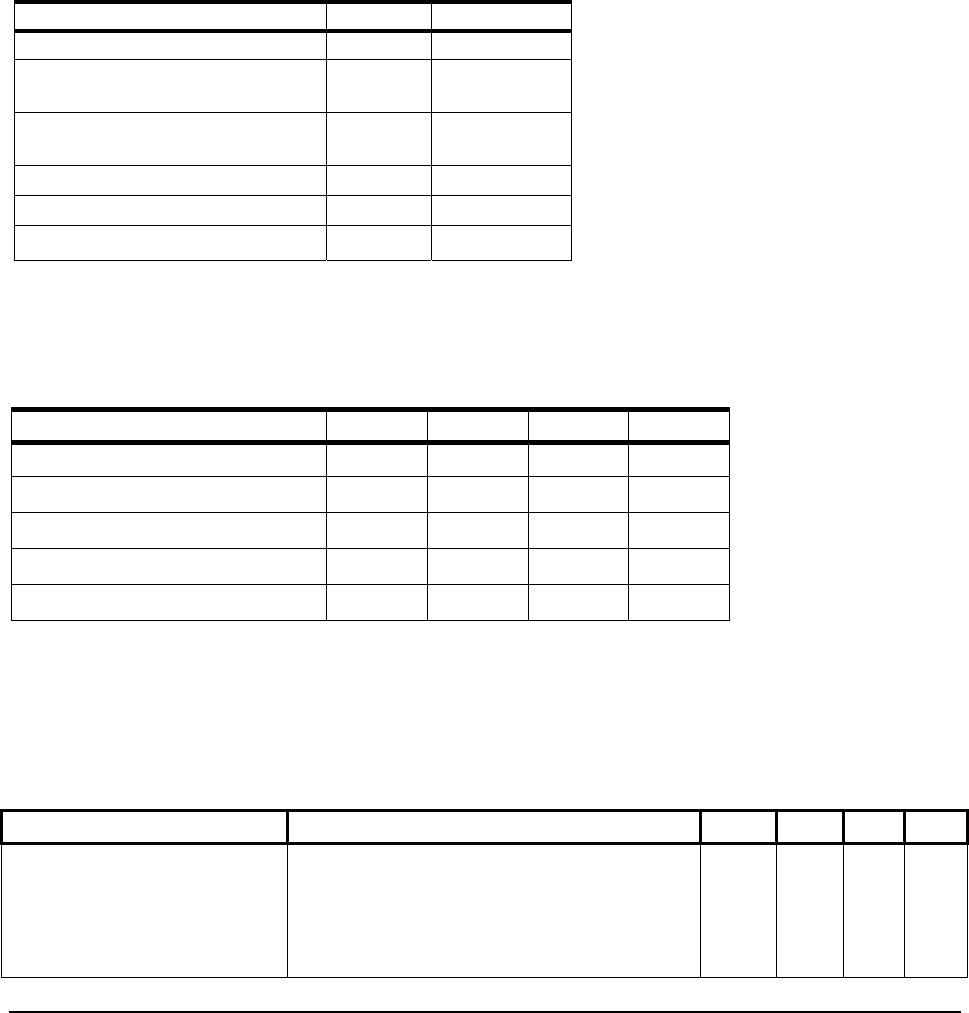
SWA51 Module Datasheet Rev 1.1
CONTENTS SUBJECT TO CHANGE WITHOUT NOTICE 6 CONFIDENTIAL
3 Electrical, Audio and Timing Specifications
3.1 Absolute Maximum Ratings
Absolute Maximum Ratings (AMR) are stress ratings only. AMR corresponds to the maximum value that can be applied without leading to
instantaneous or very short-term unrecoverable hard failure (destructive breakdown). Stresses beyond those listed under AMR may
cause permanent damage to the device.
Functional operation of the device at these or any other conditions beyond those indicated under “Recommended Operating Range” is
not implied. Exposure to absolute-maximum-rated conditions for extended periods may adversely affect device reliability.
Device functional operating limits and guaranteed performance specifications are given under Electrical Characteristics at the test
conditions specified.
CONDITION MIN MAX
+3.3V Supply Voltage Input -0.3V 4.0V
Input Voltage Range – Digital
Inputs -0.3V 3.6V
Input Voltage Range – Analog
Inputs -0.3V 3.6V
Operating Temperature -40ºC +60ºC
Storage Temperature -40ºC +70ºC
Static Discharge Voltage1 2kV ----
Notes:
1)HBM=ESDHumanBodyModel;C=100pF,R=1kΩ
3.2 Recommended Operating Range
PARAMETER MIN TYP MAX UNIT
VDD, +3.3V Supply pin voltage 3.0 3.3 3.6 V
Ambient Temperature (TA) 0 55 ºC
RESET pin hold time 10 msec
Power Supply Rise Time (to 3.0V) 0 10 msec
3.3 Electrical Characteristics – DC Characteristics
OperatingConditions:VDD=3.3V,TA=0°Cto+55°C,RFFreq=5150‐5250;5725‐5825MHz,measuredrelativetotheRFbalun
single‐endedI/O.TypicalspecificationsatTA=25°C,VDD=3.3V
PARAMETER CONDITIONS MIN TYP MAX UNIT
Supply Current (IVDDA) Shutdown (chip disabled)
Standby (also USB suspend)
RX mode (continuous RX)
Link mode ( for SWA51 TX)
TBD
TBD
89
110*a
1
2.5
uA
mA
mA
mA
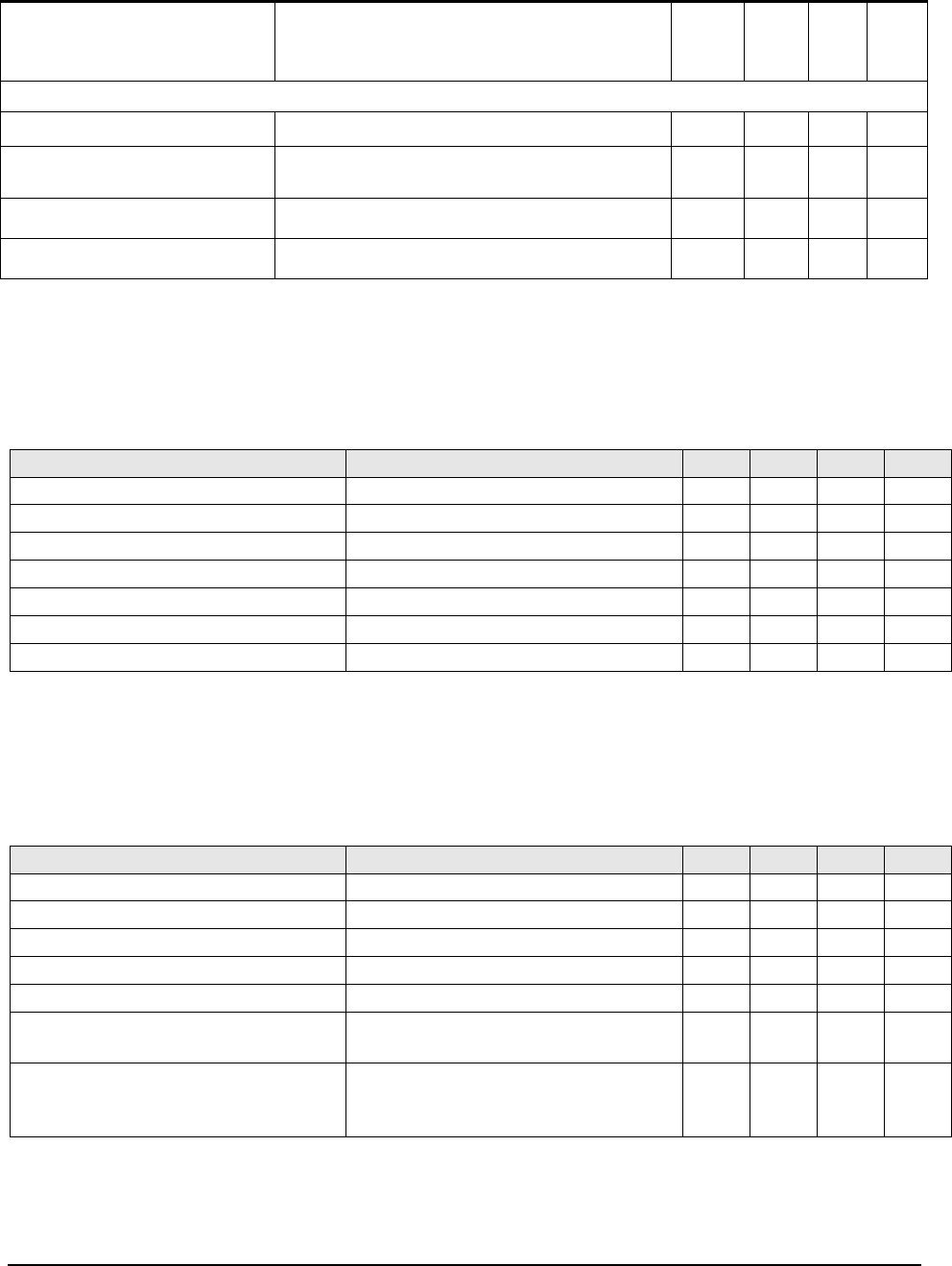
SWA51 Module Datasheet Rev 1.1
CONTENTS SUBJECT TO CHANGE WITHOUT NOTICE 7 CONFIDENTIAL
Link mode ( for SWA51 RX)
TX mode (continuous TX); Pout=+6dBm
70*a
150*a
mA
mA
CMOS I/O Logic Levels – 3.3V I/O
Input Voltage Logic Low, VIL
0.6 V
Input Voltage Logic High, VIH VDDIO
‐0.6 V
Output Voltage Logic Low, VOL 0.3 V
Output Voltage Logic High, VOH VDDIO
‐0.3 V
*a : This is DCRMS current consumption value. If customer want to implement OCP(over current protection) for SWA51,
please consult with WNC for proper setting and design.
3.4 Electrical Characteristics – RF PLL Characteristics
OperatingConditions:VDD=3.3V,TA=0°Cto+55°C,RFFreq=5150‐5250;5725‐5825MHz,measuredrelativetotheRFbalun
single‐endedI/O.TypicalspecificationsatTA=25°C,VDD=3.3V
PARAMETER CONDITIONS MIN TYP MAX UNIT
RF Channel Frequency Range Band1(lower band) 5150 5250 MHz
Band4(Upper band) 5725 5825 MHz
RF Channel frequency resolution (raster) 1 MHz
RF I/O Impedance ANT0,ANT1 50 ohm
Crystal Oscillator Frequency External crystal 16 MHz
Crystal Accuracy Requirement External XTAL, -20°C to +70 °C +/-20 ppm
3.5 Electrical Characteristics – RF RX Characteristics
OperatingConditions:VDD=3.3V,TA=0°Cto+55°C,RFFreq=5150‐5250;5725‐5825MHz,measuredrelativetotheRFbalun
single‐endedI/O.TypicalspecificationsatTA=25°C,VDD=3.3V
PARAMETER CONDITIONS MIN TYP MAX UNIT
RF Channel Frequency Range Band1(lower band) 5150 5250 MHz
Band4(Upper band) 5725 5825 MHz
RF I/O Impedance ANT0,ANT1 50 ohm
RX Sensitivity SSC (single sub-carrier) -89 *b dBm
Max input signal LNA = low gain mode, min IF gain -5 dBm
Out-of-band blocker level <5150 MHz, >5850 MHz
2400-2483.5 MHz
-45
-20
dBm
dBm
Spurious RF outputs 5150-5850 MHz
<5150 MHz
>5850 MHz
-55
-63
-63
dBm
dBm
dBm
*b : The sensitivity been defined with BER <= 0.002.
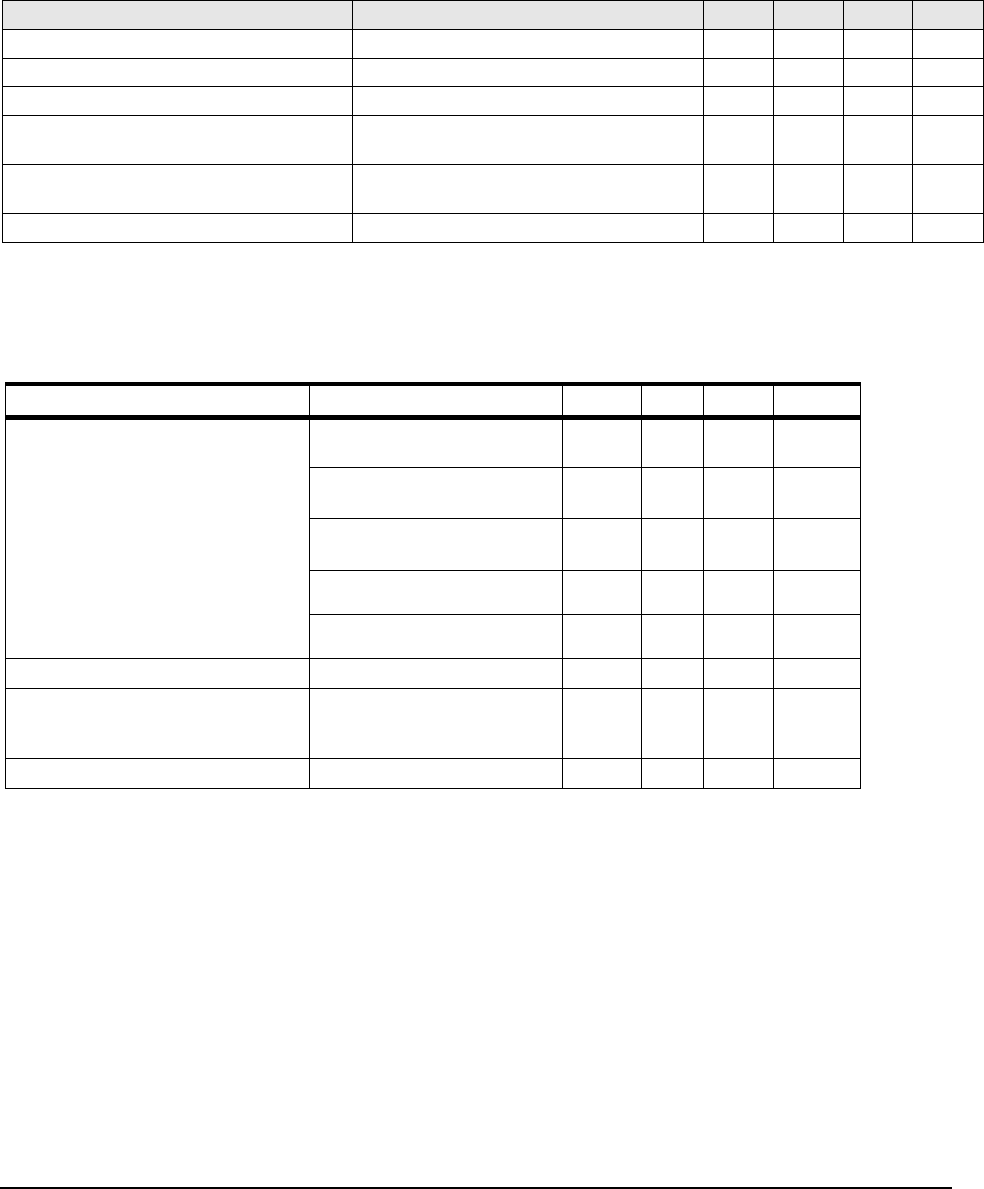
SWA51 Module Datasheet Rev 1.1
CONTENTS SUBJECT TO CHANGE WITHOUT NOTICE 8 CONFIDENTIAL
3.6 Electrical Characteristics – RF TX Characteristics
OperatingConditions:VDD=3.3V,TA=0°Cto+55°C,RFFreq=5150‐5250;5725‐5825MHz,measuredrelativetotheRFbalun
single‐endedI/O.TypicalspecificationsatTA=25°C,VDD=3.3V
PARAMETER CONDITIONS MIN TYP MAX UNIT
RF Channel Frequency Range Band1(lower band) 5150 5250 MHz
Band4(Upper band) 5725 5825 MHz
RF I/O Impedance ANT0,ANT1 50 ohm
TX Output power(5150-5250MHz) SSB&DSB (single side band & double
side band) 6 dBm
TX Output power(5725-5825MHz) SSB&DSB (single side band & double
side band) 6 dBm
LO leakage -20 dBc
(1) Measured at the worst performing frequency
3.7 Electrical Characteristics – Audio C/CS
PARAMETER CONDITIONS MIN TYP MAX UNIT
Frequency Response (-3dB)
16 bit audio, 11KSps over-the-air
sample rate 20 5K Hz
16 bit audio, 14.8KSps over-the-
air sample rate 20 6.5K Hz
16 bit audio, 22KSps over-the-air
sample rate 20 10K Hz
16 bit audio, 29.6KSps over-the-
air sample rate 20 13K Hz
16 bit audio, 44KSps over-the-air
sample rate 20 20K Hz
Gain Flatness
1
0dB Input / Output Gain ±0.2 dB
SNR I2S Input / Output 93 (1) dB
THD+N 94 dB
Notes
1- 16-bit audio, all OTA sample rates. OTA 12-bit path for voice is possible, but will limit the SNR to 72dB.
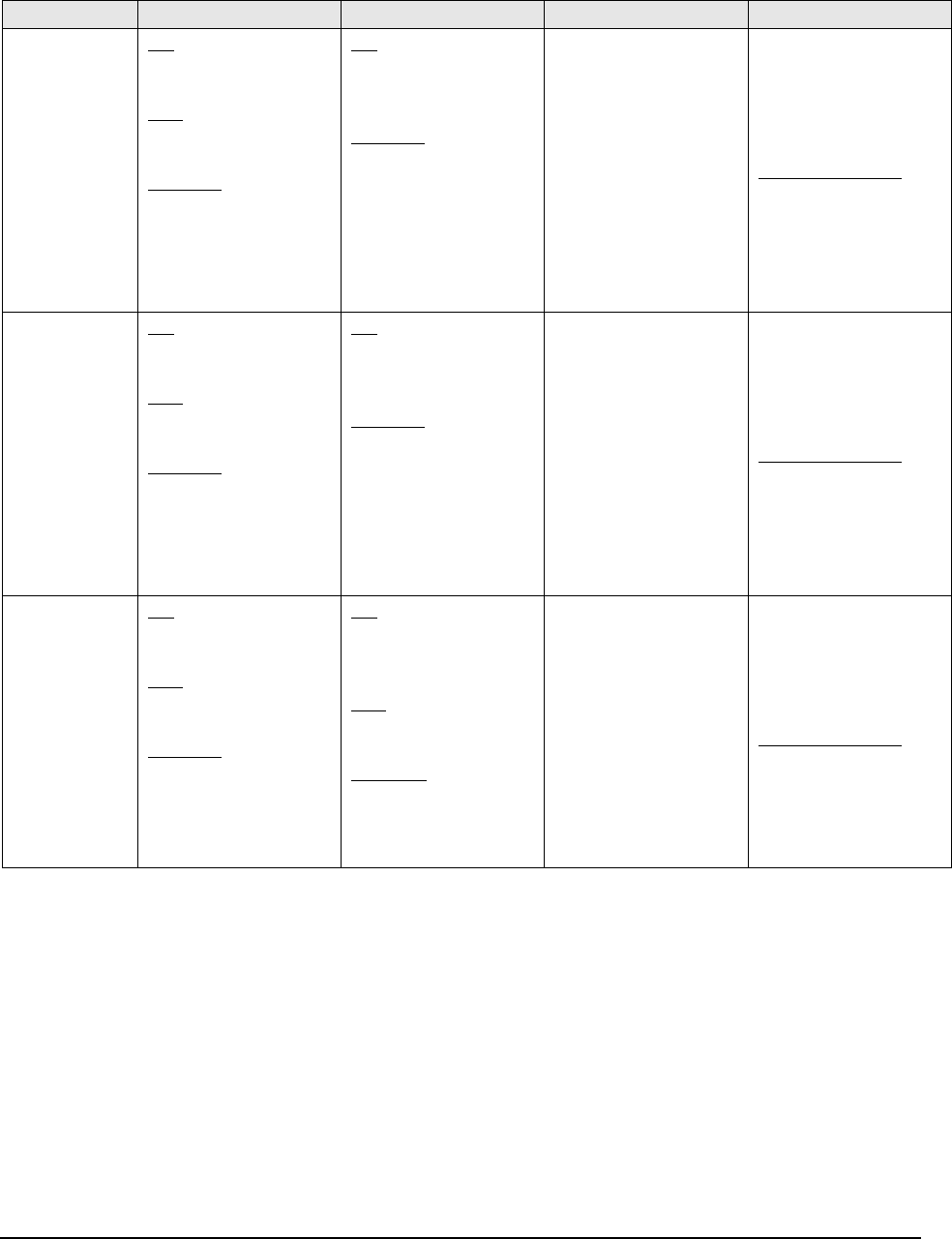
SWA51 Module Datasheet Rev 1.1
CONTENTS SUBJECT TO CHANGE WITHOUT NOTICE 9 CONFIDENTIAL
3.8 AV5100 Rate Converter Characteristics
SRC Block Input Rates Output Rates SNR (dB) SRC BW (-3dB)
SRC 0
(Audio)
I2S
32-96K
USB
8k – 48K,
ECU (TX)
“11K”
“14.8k”
“22k”
“29.6k”
“44k”
I2S
Master: 48k
Slave: 44.1K-96K
ECU (TX)
“11K”
“14.8k”
“22k”
“29.6k”
“44k”
All rates support
16bit, >93dB
Actual bandwidth is
dependent on the lower
of the input or output
rates.
Output BW vs OTA
“11k” = 5kHz
“14.8k” = 6.5kHz
“22k” = 10kHz
“29.6k” = 13kHz
“44k” = 20kHz
SRC 1
(LFE)
I2S
32-96K
USB
8k – 48K,
ECU (TX)
“11K”
“14.8k”
“22k”
“29.6k”
“44k”
I2S
Master: 48k
Slave: 44.1K-96K
ECU (TX)
“11K”
“14.8k”
“22k”
“29.6k”
“44k”
All rates support
16bit, >93dB
Actual bandwidth is
dependent on the lower
of the input or output
rates.
Output BW vs OTA
“11k” = 5kHz
“14.8k” = 6.5kHz
“22k” = 10kHz
“29.6k” = 13kHz
“44k” = 20kHz
SRC 2
(Voice)
I2S
32-96K
USB
8k – 48K,
ECU (TX)
“14.8k”
I2S
Master: 48k
Slave: 44.1K-96K
USB
8k – 48K,
ECU (RX)
“14.8k”
All rates support
16bit, >93dB, but the
OTA 12bit path will limit
SNR to 72dB
Actual bandwidth is
dependent on the lower
of the input or output
rates.
Output BW vs OTA
“11k” = 5kHz
“14.8k” = 6.5kHz
“22k” = 10kHz
“29.6k” = 13kHz
“44k” = 20kHz
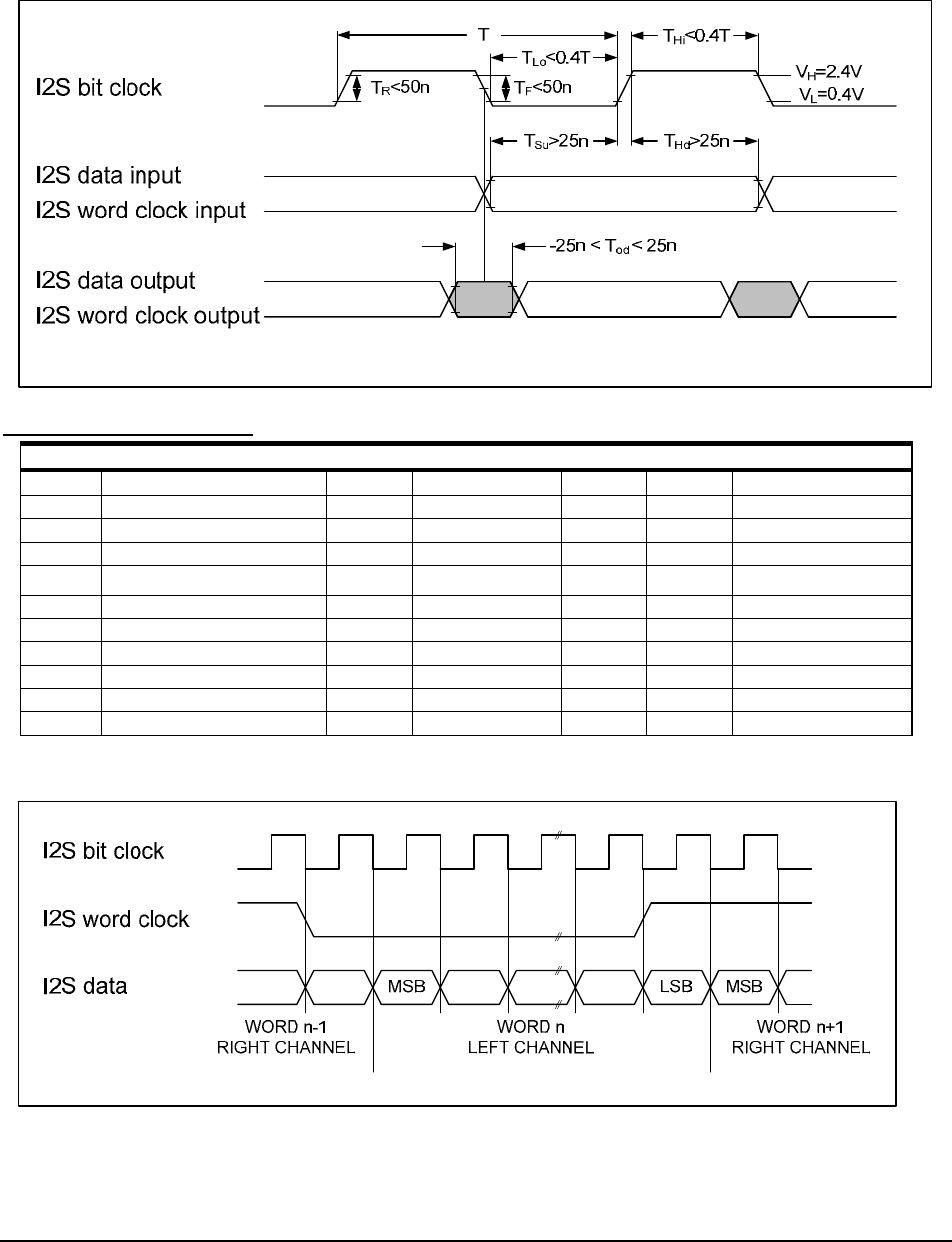
SWA51 Module Datasheet Rev 1.1
CONTENTS SUBJECT TO CHANGE WITHOUT NOTICE 10 CONFIDENTIAL
3.9 I2S Communication Interface Timing
Table 2: SWA51 I2S Timing
MIN TYP MAX UNIT NOTES
VL low voltage level -0.3V 0.0V 0.4V V
VH high voltage level 2.4V 3.3V 3.6V V
T clock period 325.5n s 1/3.072MHz
TLo clock low period 0.4T 0.6T
THi clock high period 0.4T 0.6T
TR rise time 50n s Note 1
TF fall time 50n s Note 1
TSu setup time 25n s
THd hold time 25n s
TOd output delay -25n 25n s
bit clocks/word clock 64
I2S protocol is “I2S Justified” as shown below.
Note 1: The timing specified for the rise and fall times represents the edge rates on the module itself. The rise
and fall times of the I2S signals are determined by ESD/EMI mitigation components on the modules, as well
as external loading, and will be higher than the specified numbers
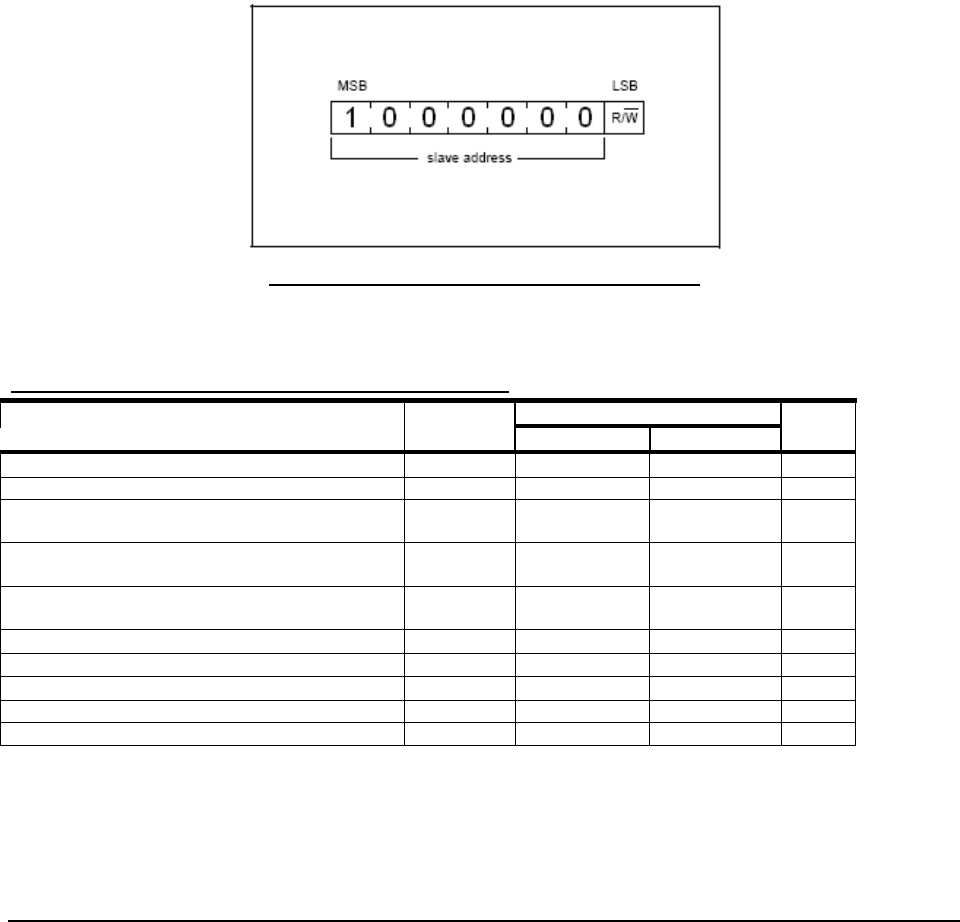
SWA51 Module Datasheet
Rev 1.1
CONTENTS SUBJECT TO CHANGE WITHOUT NOTICE
11
CONFIDENTIAL
3.10
I2C Master/Slave Communication Interface Timing (S_SCL, S_SDA)
The SWA51 has both I2C slave and master interfaces available with their respective pins S_SCL, S_SDA and
M_SCL, M_SDA. The interfaces operate in I2C fast-mode and can receive and transmit at up to 400 kbit/s.
Bytes are 8 bits long and are transferred with the most significant bit (MSB) first. Each byte has to be followed
by an acknowledge bit. The SWA51 will apply clock-stopping (by holding the clock line S_SCL LOW to force
the master into a wait state) if necessary due to internal high-priority tasks.
The slave/master interface can be used both for writing (e.g. sending commands) or reading (e.g. requesting
status). An additional GPIO pin on the SWA51 (Ex. GPIO24), can be used to notify the I2C master when a
pending message is ready to be sent.
The SWA51 slave interface responds to the 7-bit slave address 1000000 (0x40) as shown in Figure 1 below.
Figure 5: First Byte after the START Procedure
ELECTRICAL SPECIFICATIONS AND TIMING
Table 3: Characteristics of the S_SDA and S_SCL I/Os
PARAMETER SYMBOL FAST-MODE UNIT
MIN. MAX.
LOW level input voltage
V
IL
0.3 0.8
V
HIGH level input voltage V
IH
2.0
3.6
V
LOW level output voltage (open drain or
open collector) at 1 mA sink current: V
OL
0 0.4 V
Output fall time from V
IHmin
to V
ILmax
with
a bus capacitance from 10 pF to 400 pF
t
of
0
250 ns
Pulse width of spikes which must be
suppressed by the input filter t
SP
0 50 ns
S_SCL clock frequency
f
SCL
0
400
kHz
LOW period of the S_SCL clock
t
LOW
1.3
–
s
HIGH period of the S_SCL clock
t
HIGH
0.6
–
s
Data hold time t
HD;DAT
100
–
ns
Data set-up time
t
SU;DAT
100
– ns
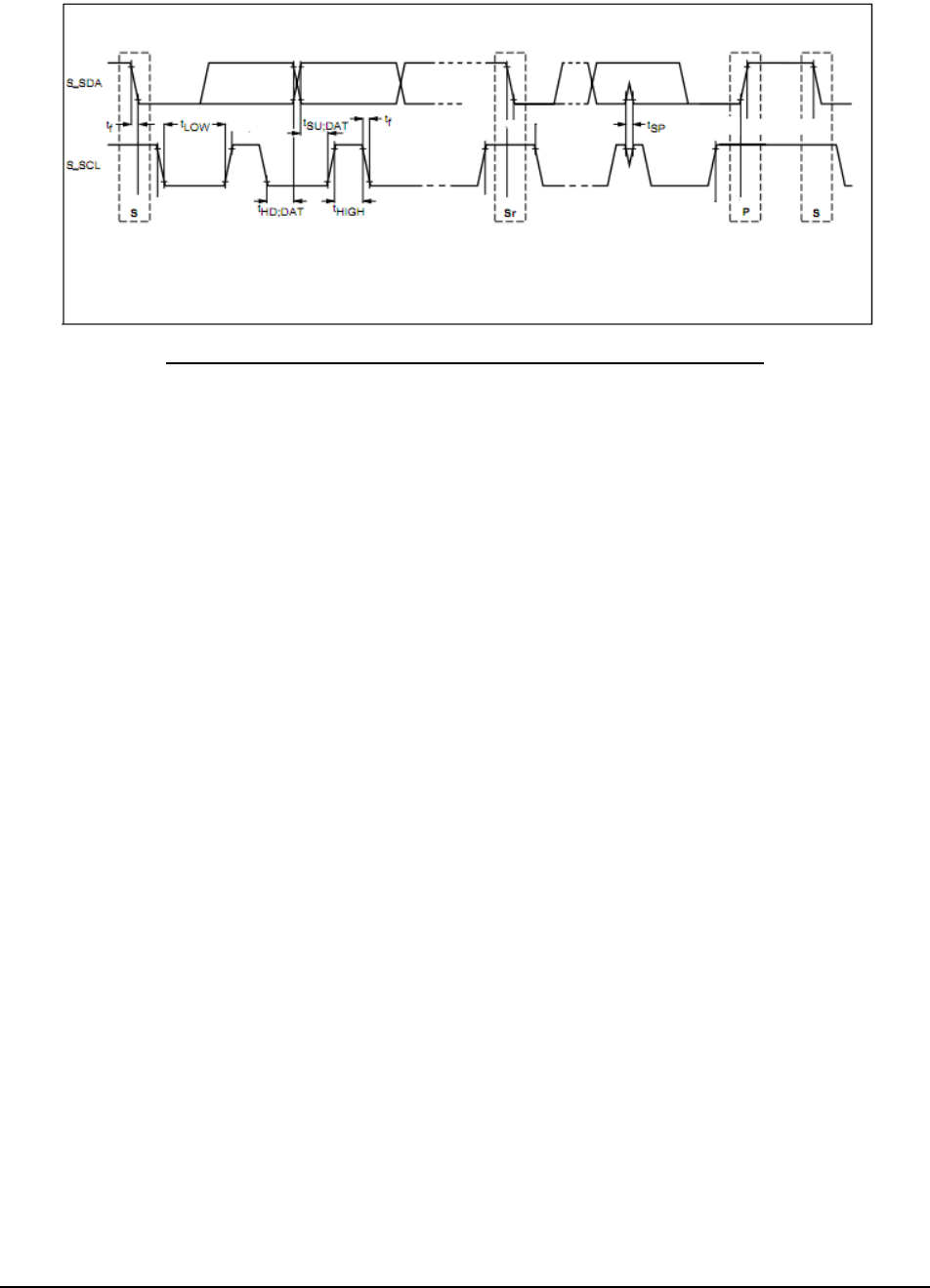
SWA51 Module Datasheet
Rev 1.1
CONTENTS SUBJECT TO CHANGE WITHOUT NOTICE
12
CONFIDENTIAL
Figure 6: Definition of Timing for F/S-Mode Devices on the I
2
C-Bus
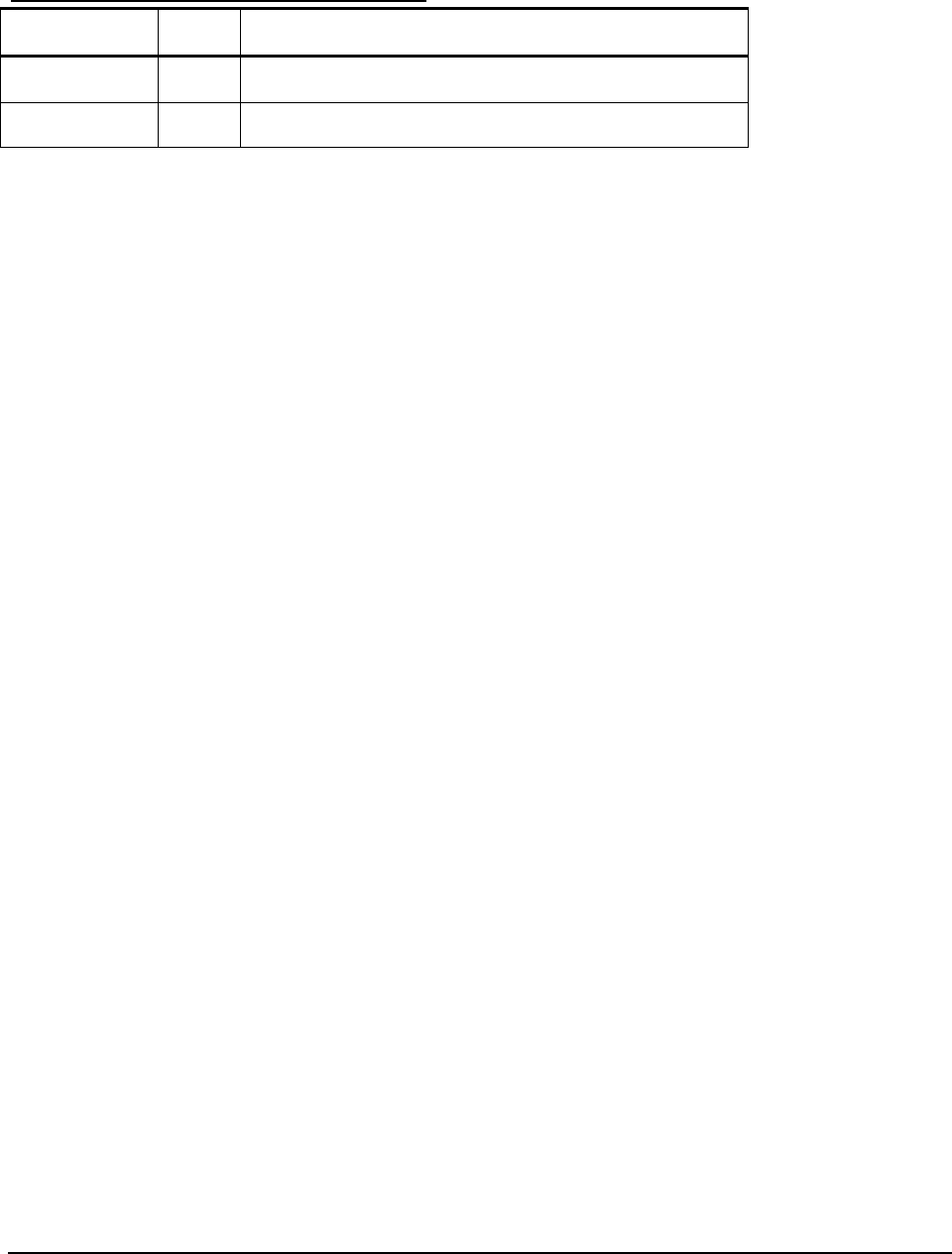
SWA51 Module Datasheet Rev 1.1
CONTENTS SUBJECT TO CHANGE WITHOUT NOTICE 13 CONFIDENTIAL
Ordering Information
Table 4: SWA51 Module Ordering Information
Module Part
Number Option
Code Description
SWA51 TX Digital Input , FPC Connector, integrated printed PCB
antennas
SWA51 RX Digital Output, FPC Connector, integrated printed PCB
antennas

SWA51 Module Datasheet Rev 1.1
CONTENTS SUBJECT TO CHANGE WITHOUT NOTICE 14 CONFIDENTIAL
FCC Statement:
Federal Communication Commission Interference Statement
This equipment has been tested and found to comply with the limits for a Class B digital device, pursuant to
Part 15 of the FCC Rules. These limits are designed to provide reasonable protection against harmful
interference in a residential installation. This equipment generates, uses and can radiate radio frequency
energy and, if not installed and used in accordance with the instructions, may cause harmful interference to
radio communications. However, there is no guarantee that interference will not occur in a particular
installation. If this equipment does cause harmful interference to radio or television reception, which can be
determined by turning the equipment off and on, the user is encouraged to try to correct the interference by
one of the following measures:
● Reorient or relocate the receiving antenna.
● Increase the separation between the equipment and receiver.
● Connect the equipment into an outlet on a circuit different from that to which the receiver is connected.
● Consult the dealer or an experienced radio/TV technician for help.
FCC Caution: Any changes or modifications not expressly approved by the party responsible for
compliance could void the user’s authority to operate this equipment.
This device complies with Part 15 of the FCC Rules. Operation is subject to the following two conditions: (1)
This device may not cause harmful interference, and (2) this device must accept any interference received,
including interference that may cause undesired operation.
This device and its antenna(s) must not be co-located with any other transmitters except in
accordance with FCC multi-transmitter product procedures.
Refering to the multi-transmitter policy, multiple-transmitter(s) and module(s) can be operated
simultaneously without C2P.
This device is restricted for indoor use
IMPORTANT NOTE:
FCC Radiation Exposure Statement:
This equipment complies with FCC radiation exposure limits set forth for an uncontrolled environment. This
equipment should be installed and operated with minimum distance 20 cm between the radiator & your body.

SWA51 Module Datasheet Rev 1.1
CONTENTS SUBJECT TO CHANGE WITHOUT NOTICE 15 CONFIDENTIAL
IMPORTANT NOTE:
This module is intended for OEM integrator. The OEM integrator is responsible for the compliance to all the
rules that apply to the product into which this certified RF module is integrated.
Additional testing and certification may be necessary when multiple modules are used.
20 cm minimum distance has to be able to be maintained between the antenna and the users for the host this
module is integrated into. Under such configuration, the FCC radiation exposure limits set forth for an
population/uncontrolled environment can be satisfied.
Any changes or modifications not expressly approved by the manufacturer could void the user's authority to
operate this equipment.
USERS MANUAL OF THE END PRODUCT:
In the users manual of the end product, the end user has to be informed to keep at least 20 cm separation
with the antenna while this end product is installed and operated. The end user has to be informed that the
FCC radio-frequency exposure guidelines for an uncontrolled environment can be satisfied. The end user has
to also be informed that any changes or modifications not expressly approved by the manufacturer could void
the user's authority to operate this equipment. If the size of the end product is smaller than 8x10cm, then
additional FCC part 15.19 statement is required to be available in the users manual: This device complies with
Part 15 of FCC rules. Operation is subject to the following two conditions: (1) this device may not cause
harmful interference and (2) this device must accept any interference received, including interference that
may cause undesired operation.
LABEL OF THE END PRODUCT:
The final end product must be labeled in a visible area with the following " Contains TX FCC ID: NKR-SWA51
". This device complies with Part 15 of FCC rules. Operation is subject to the following two conditions: (1) this
device may not cause harmful interference and (2) this device must accept any interference received,
including interference that may cause undesired operation.
Responsible Party:
Contact name : Ted Su
Company : W-NeWeb Corporation
Address: 1525 McCarthy Blvd, Suite 206, Milpitas, CA 95035, U.S.A.
Tel: +1-408-457-6823
Fax: +1-408-457-6789
E-mail : Ted.Su@wnc.com.tw

SWA51 Module Datasheet Rev 1.1
CONTENTS SUBJECT TO CHANGE WITHOUT NOTICE 16 CONFIDENTIAL
IC Statement:
The device for operation in the band 5150–5250 MHz is only for indoor use to reduce the potential for harmful
interference to co-channel mobile satellite systems.
les dispositifs fonctionnant dans la bande 5150-5250 MHz sont réservés uniquement pour une
utilisation à l’intérieur afin de réduire les risques de brouillage préjudiciable aux systèmes de
satellites mobiles utilisant les mêmes canaux.
For indoor use only.
Pour une utilisation en intérieur uniquement.
This device complies with Industry Canada license-exempt RSS standard(s). Operation is subject to the
following two conditions: (1) this device may not cause interference, and (2) this device must accept any
interference, including interference that may cause undesired operation of the device.
Le présent appareil est conforme aux CNR d'Industrie Canada applicables aux appareils radio
exempts de licence. L'exploitation est autorisée aux deux conditions suivantes : (1) l'appareil ne doit
pas produire de brouillage, et (2) l'utilisateur de l'appareil doit accepter tout brouillage
radioélectrique subi, même si le brouillage est susceptible d'en compromettre le fonctionnement.
This device and its antenna(s) must not be co-located with any other transmitters except in
accordance with IC multi-transmitter product procedures.
Refering to the multi-transmitter policy, multiple-transmitter(s) and module(s) can be operated
simultaneously without reassessment permissive change.
Cet appareil et son antenne (s) ne doit pas être co-localisés ou fonctionnement en association avec une autre
antenne ou transmetteur.
IMPORTANT NOTE:
IC Radiation Exposure Statement:
This equipment complies with IC RSS-102 radiation exposure limits set forth for an uncontrolled environment.
This equipment should be installed and operated with minimum distance 20 cm between the radiator & your
body.
Cet équipement est conforme aux limites d'exposition aux rayonnements IC établies pour un
environnement non contrôlé. Cet équipement doit être installé et utilisé avec un minimum de 20cm
de distance entre la source de rayonnement et votre corps.
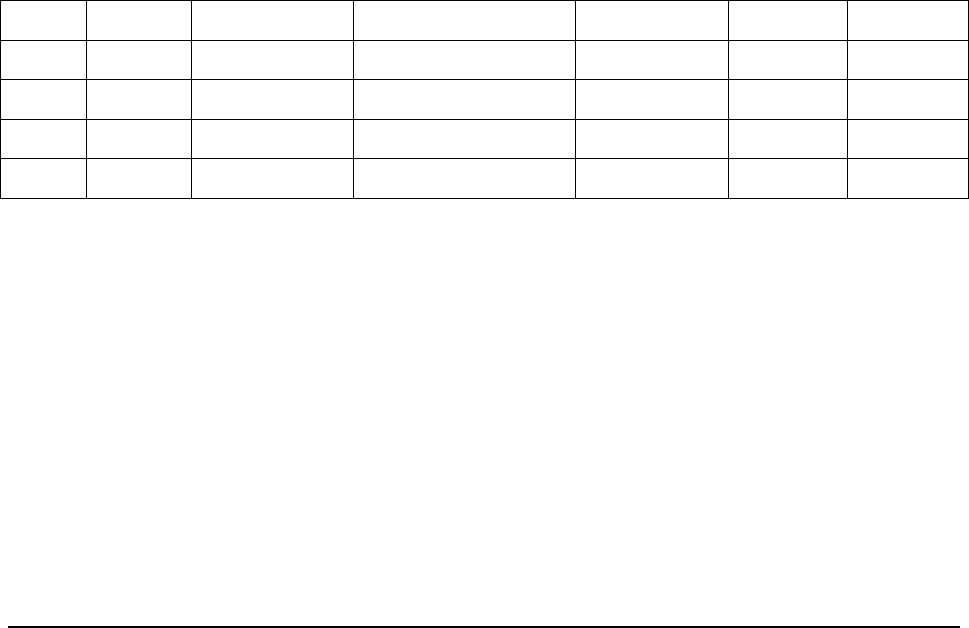
SWA51 Module Datasheet Rev 1.1
CONTENTS SUBJECT TO CHANGE WITHOUT NOTICE 17 CONFIDENTIAL
IMPORTANT NOTE:
This module is intended for OEM integrator. The OEM integrator is responsible for the compliance to all the
rules that apply to the product into which this certified RF module is integrated.
Additional testing and certification may be necessary when multiple modules are used.
20 cm minimum distance has to be able to be maintained between the antenna and the users for the host this
module is integrated into. Under such configuration, the IC RSS-102 radiation exposure limits set forth for an
population/uncontrolled environment can be satisfied.
Any changes or modifications not expressly approved by the manufacturer could void the user's authority to
operate this equipment.
USERS MANUAL OF THE END PRODUCT:
In the users manual of the end product, the end user has to be informed to keep at least 20 cm separation
with the antenna while this end product is installed and operated. The end user has to be informed that the IC
radio-frequency exposure guidelines for an uncontrolled environment can be satisfied. The end user has to
also be informed that any changes or modifications not expressly approved by the manufacturer could void
the user's authority to operate this equipment. Operation is subject to the following two conditions: (1) this
device may not cause harmful interference and (2) this device must accept any interference received,
including interference that may cause undesired operation.
LABEL OF THE END PRODUCT:
The final end product must be labeled in a visible area with the following " Contains IC: 4441A-SWA51 ".
The Host Model Number (HMN) must be indicated at any location on the exterior of the end product or
product packaging or product literature which shall be available with the end product or online.
Table for Filed Antenna
Ant Brand Model name Antenna Type Connector Band Gain(dBi)
0 WNC SWA51 Printed Antenna N/A B1 4.10
0 WNC SWA51 Printed Antenna N/A B4 3.39
1 WNC SWA51 Printed Antenna N/A B1 2.17
1 WNC SWA51 Printed Antenna N/A B4 3.50